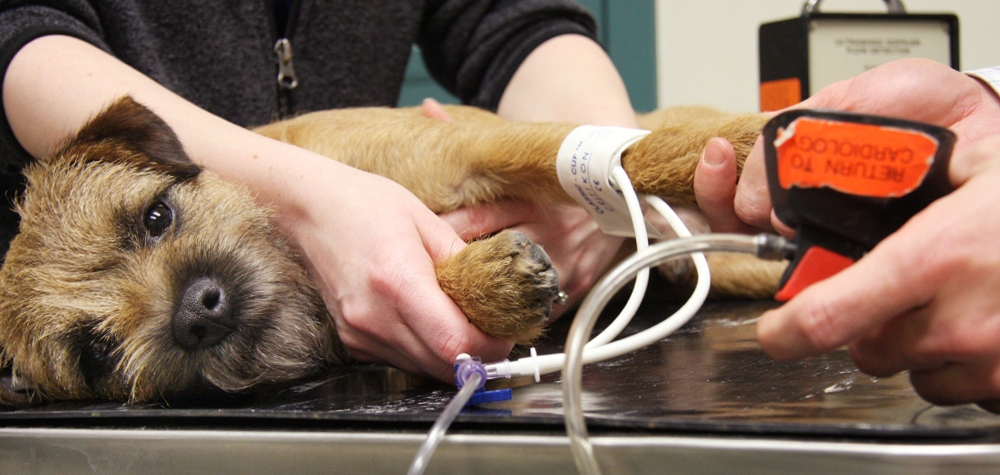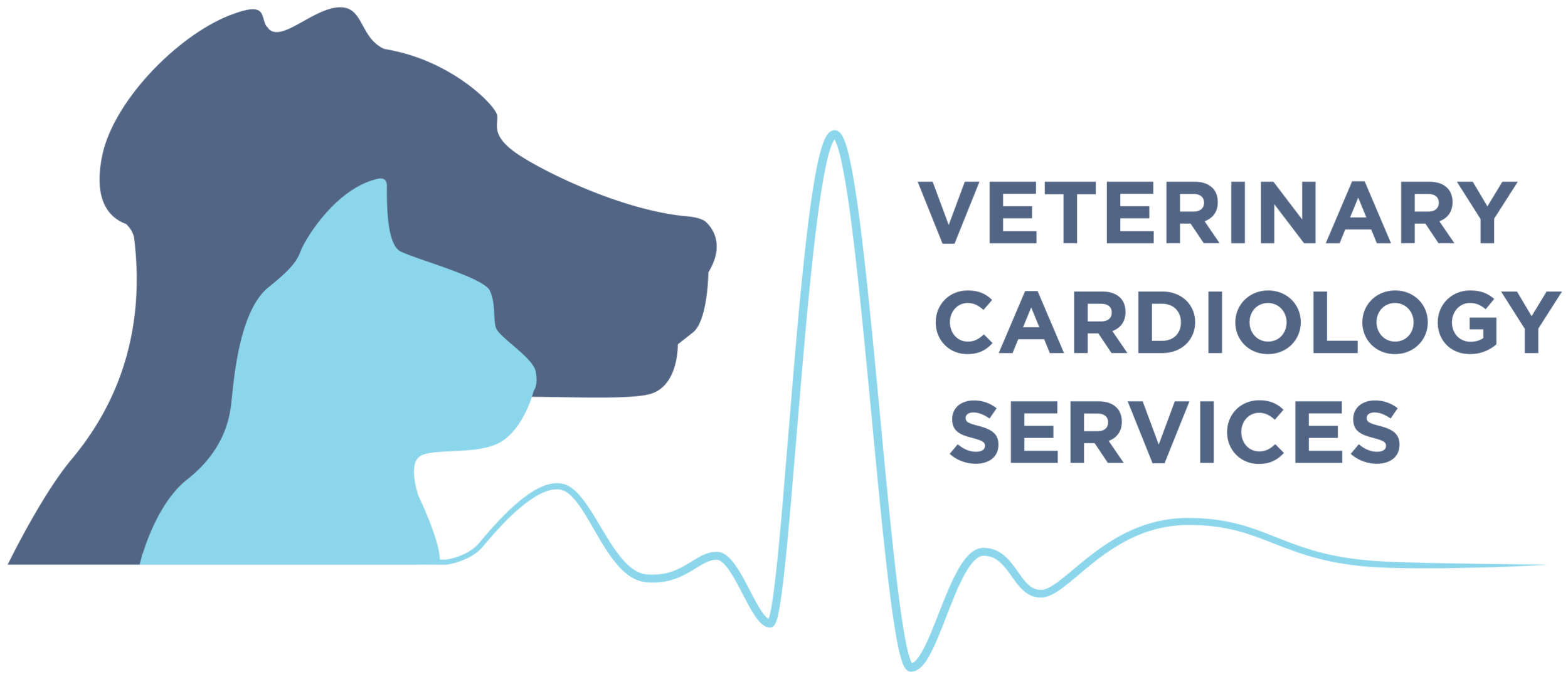The Function of Ultrasound and CT Check in Modern Vet Practices: Insights From Experienced Professionals
In contemporary veterinary methods, ultrasound and CT scans considerably improve diagnostic abilities. These imaging methods give vital insights right into animal wellness, guiding treatment choices. Experienced experts acknowledge the unique advantages of each method. Ultrasound provides real-time analyses, while CT scans supply elaborate anatomical details. Recognizing their applications and functions elevates important inquiries about their influence on person results and the future of veterinary diagnostics. What insights can be obtained from their incorporated usage?
Recognizing Ultrasound in Vet Medicine
Ultrasound is a necessary analysis tool in vet medication, providing a non-invasive method to visualize interior frameworks. This imaging strategy employs high-frequency sound waves to produce real-time pictures of organs and cells, allowing vets to assess problems without surgical intervention. Typical applications consist of assessing the heart, liver, kidneys, and reproductive organs, as well as keeping track of pregnancies.The procedure is reasonably quick and can be performed in numerous setups, making it an easily accessible option for veterinarians. Unlike radiography, ultrasound supplies thorough details regarding soft cells and blood circulation, which is essential for accurate diagnoses.Veterinary professionals rely upon ultrasound to discover abnormalities such as tumors, cysts, and fluid build-up. Its capability to lead biopsies and various other treatments further boosts its utility in professional technique. By offering a safe and efficient way to take a look at interior anatomy, ultrasound has come to be a cornerstone of modern-day vet diagnostics.
The Advantages of CT Scans for Pet Diagnostics
CT scans deal significant advantages in veterinary diagnostics by giving boosted precision in determining internal conditions (Board Certified Veterinary Cardiologist). As a non-invasive imaging technique, they guarantee the safety and security and comfort of pets during examinations. In addition, CT checks assist in a comprehensive evaluation of inner frameworks, enabling a lot more efficient treatment preparation
Enhanced Analysis Accuracy
Developments in imaging modern technology have actually considerably improved diagnostic precision in veterinary medicine, especially via making use of CT scans. These scans supply in-depth cross-sectional photos of a pet's inner frameworks, enabling veterinarians to identify irregularities with accuracy. The high resolution and three-dimensional capabilities of CT imaging promote the discovery of conditions such as lumps, fractures, and internal bleeding that may be missed with typical imaging approaches. Furthermore, CT scans can aid in pre-surgical preparation by supplying an extensive sight of physiological partnerships. This degree of information not just boosts the precision of medical diagnoses but also aids in customizing reliable therapy plans. The combination of CT technology into vet practices is changing the landscape of pet medical care, enhancing end results for individuals.
Non-Invasive Imaging Method
The introduction of non-invasive imaging strategies has reinvented pet diagnostics, with CT scans becoming a popular device in vet methods. These scans give high-resolution, cross-sectional images of a pet's interior structures, permitting vets to examine intricate conditions without the requirement for invasive procedures. The advantages of CT scans include their ability to discover growths, cracks, and interior blood loss with impressive precision. Furthermore, they promote the assessment of soft cells and body organs, enhancing diagnostic capabilities. The rate of CT scanning allows fast decision-making, which is vital in emergency circumstances. By decreasing stress and anxiety and discomfort for the animal, CT scans add to an extra humane strategy to diagnostics, inevitably boosting therapy outcomes and progressing veterinary treatment.
Comprehensive Internal Analysis
A comprehensive inner analysis is vital for precise diagnosis and reliable treatment in veterinary medicine. CT checks offer significant benefits in this regard, giving in-depth cross-sectional pictures of a pet's inner frameworks. This advanced imaging method boosts visualization of complicated anatomical areas, making it possible for vets to identify irregularities such as lumps, cracks, and inner bleeding with higher precision. On top of that, CT scans assist in the evaluation of conditions that may be challenging to diagnose via traditional techniques. The rate and accuracy of CT imaging also add to prompt treatments, improving client end results. As vet methods significantly include CT innovation, the benefits of substantial internal evaluations end up being apparent, enhancing the significance of this tool in modern-day vet diagnostics.
Contrasting Ultrasound and CT Imaging Techniques
While both ultrasound and CT imaging serve important duties in vet diagnostics, each strategy uses distinctive benefits and restrictions that can affect scientific decision-making. Ultrasound is especially valued for its real-time imaging capacities, permitting vets to observe vibrant physiological processes. This technique is non-invasive, mobile, and does not include ionizing radiation, making it a more secure alternative for both animals and medical professionals. Nonetheless, ultrasound may have constraints in imagining certain anatomical structures or deep tissues.Conversely, CT imaging gives in-depth cross-sectional sights of the body, enabling for specific localization of irregularities. It stands out in examining complicated organs and structures, specifically in the thorax and abdominal area. However, CT scans need sedation or anesthesia in a lot of cases and include direct exposure to ionizing radiation. Eventually, the choice between ultrasound and CT depends on the particular scientific scenario, the area of passion, and the urgency of the diagnostic needs.
Instance Studies: Successful Diagnoses With Imaging
Study show the considerable renovations in analysis accuracy achieved with innovative imaging modern technologies like ultrasound and CT scans in vet methods. These advancements not just enhance the detection of various conditions however also help with timely and reliable therapy strategies. Examining particular instances can highlight the transformative redirected here impact of these imaging methods on vet medicine.
Diagnostic Accuracy Improvements

Imaging Technology Advancements
As veterinary imaging modern technology remains to progress, its effect on diagnostic abilities becomes increasingly obvious. Current instance researches highlight the effective application of innovative ultrasound and CT check techniques in identifying intricate conditions. As an example, a vet clinic utilized high-resolution CT scans to diagnose a rare kind of lung cancer cells in a canine, which traditional imaging had actually missed out on. An ultrasound exam revealed an abdominal mass in a feline, triggering prompt medical treatment and a favorable end result. These innovations not just improve diagnostic precision but also allow veterinarians to develop targeted treatment strategies. By leveraging sophisticated imaging modern technologies, veterinary specialists are considerably improving patient treatment, bring about a lot more effective monitoring of various health and wellness conditions in pets.
The Function of Imaging in Emergency Situation Veterinary Care
Imaging plays an essential function in emergency veterinary care, supplying veterinarians with essential info required to make quick, educated decisions. In urgent scenarios, techniques like ultrasound and CT scans allow practitioners to swiftly analyze an animal's internal structures, recognizing vital conditions such as interior bleeding, fractures, or body organ irregularities. These imaging techniques allow for real-time evaluations, facilitating prompt treatments that can be life-saving. For example, ultrasound is important for evaluating soft tissue injuries and problems like liquid accumulation, while CT checks offer detailed pictures of complex anatomical frameworks, crucial for identifying trauma cases. The speed and accuracy of these imaging strategies improve the vet's capacity to develop effective treatment strategies, making certain the very best possible results for their patients. The integration of sophisticated imaging innovations into emergency vet methods is not just useful but significantly required, as it enhances diagnostic capabilities and boosts overall animal treatment during vital moments.

Training and Experience in Veterinary Imaging
Although sophisticated imaging techniques such as ultrasound and CT scans are crucial for efficient veterinary care, the successful application of these modern technologies greatly relies on the training and know-how of vet experts. Proficient use imaging devices needs thorough understanding of composition, pathology, and the concepts underlying each modality. Vet specialists should undertake specialized training to precisely analyze imaging outcomes, which is important for identifying problems and preparing treatment.Certifications and proceeding education in vet imaging enhance the abilities of practitioners, enabling them to remain upgraded with technical innovations. Collaboration in between radiologists and veterinarians usually results in boosted diagnostic accuracy, as professionals can offer insights into intricate situations. Additionally, functional experience in taking care of imaging devices fosters self-confidence in its application. Inevitably, the high quality of vet imaging solutions is straight associated to the level of training and competence had by the specialists using these necessary diagnostic devices.
Future Trends in Diagnostic Imaging for Animals
With the fast advancements in technology, veterinary analysis imaging is poised for considerable development in the coming years. Arising patterns indicate a shift in the direction of even more available and mobile imaging modalities, such as portable ultrasound devices, which could improve field diagnostics. Additionally, the assimilation of expert system is anticipated to transform picture analysis, allowing for quicker and much more exact analyses of results.Moreover, developments in 3D imaging strategies and computed tomography will provide veterinarians with more thorough views of animal composition, leading to improved treatment plans. Virtual truth innovation might also contribute in surgical planning and education, providing veterinarians a distinct perspective on complicated cases.As telemedicine remains to expand, remote assessments facilitated by diagnostic imaging will certainly come to be much more usual, permitting experts to aid family doctors in real-time. On the whole, these trends are set to enhance the performance and efficiency of vet care, ultimately boosting animal results.
Regularly Asked Questions
Just How Much Do Ultrasound and CT Scans Expense in Vet Facilities?
The costs of ultrasound and CT scans in vet clinics usually range from $300 to $1,500, relying on aspects such as place, clinic type, and particular treatments required for the pet's diagnosis and therapy.

Exist Any Kind Of Dangers Related To Ultrasound and CT Checks for Animals?
Ultrasound and CT scans like this normally posture marginal risks to pet dogs. Nevertheless, prospective concerns consist of sedation responses and exposure to anesthetics. Board Certified Veterinary Cardiologist. Veterinarians very carefully assess each situation to reduce any type of risks linked with these analysis treatments
Exactly How Lengthy Do Ultrasound and CT Procedures Typically Take?
Ultrasound procedures typically take about thirty minutes to an hour, depending upon the complexity. CT scans, being even more in-depth, typically call for thirty minutes to 90 minutes, including preparation and recovery time for the pet.
Can All Veterinarians Perform Ultrasounds and CT Scans?
Not all vets can carry out ultrasounds and CT scans. Specialized training and qualification are commonly required to guarantee proficiency in these advanced imaging strategies, which might limit their accessibility to veterinarians with additional qualifications and resources.
What Types of Pets Profit The Majority Of From These Imaging Techniques?
Particular animal varieties, especially dogs and pet cats, benefit significantly from ultrasound and CT scans. These webpage imaging strategies enhance diagnostic accuracy for problems like tumors, internal injuries, and body organ abnormalities, leading to better treatment results and person care. The high resolution and three-dimensional capabilities of CT imaging assist in the discovery of conditions such as lumps, cracks, and interior bleeding that could be missed out on with standard imaging techniques. Instance studies show the significant improvements in diagnostic accuracy accomplished with innovative imaging innovations like ultrasound and CT scans in veterinary practices. Improving diagnostic accuracy in veterinary methods has actually been substantially assisted by developments in imaging innovations such as ultrasound and CT scans. Innovative imaging strategies such as ultrasound and CT scans are crucial for effective veterinary care, the effective execution of these modern technologies heavily depends on the training and proficiency of vet specialists. Veterinary professionals need to undertake specific training to properly analyze imaging results, which is essential for identifying conditions and planning treatment.Certifications and proceeding education in vet imaging boost the abilities of specialists, enabling them to remain updated with technological improvements.